Week 5
Computational Sociology
Christopher Barrie
Introduction
- Housekeeping
- Linked surveys and social media data
Introduction: Surveys
Survey background
Innovations in digital surveys
Linked survey designs
Introduction: Surveys
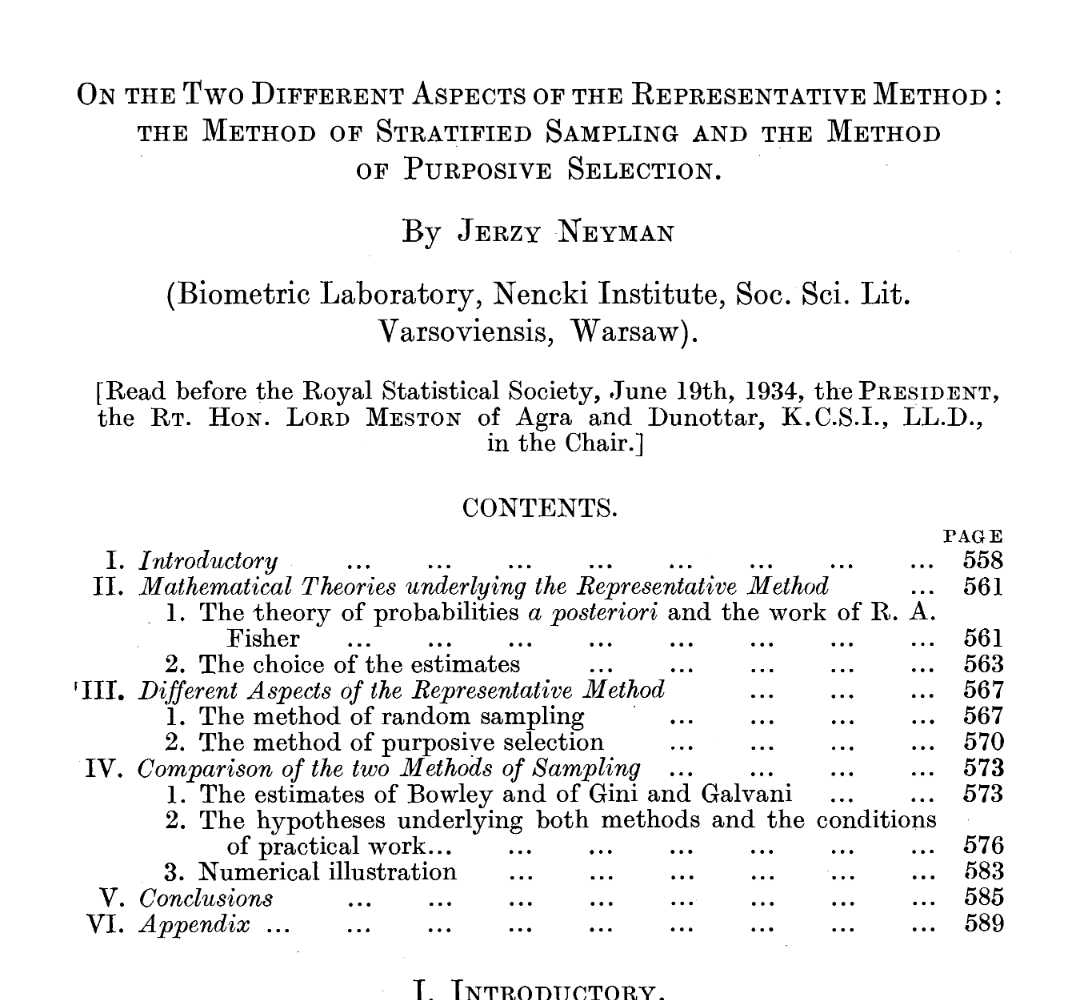
Introduction: Surveys
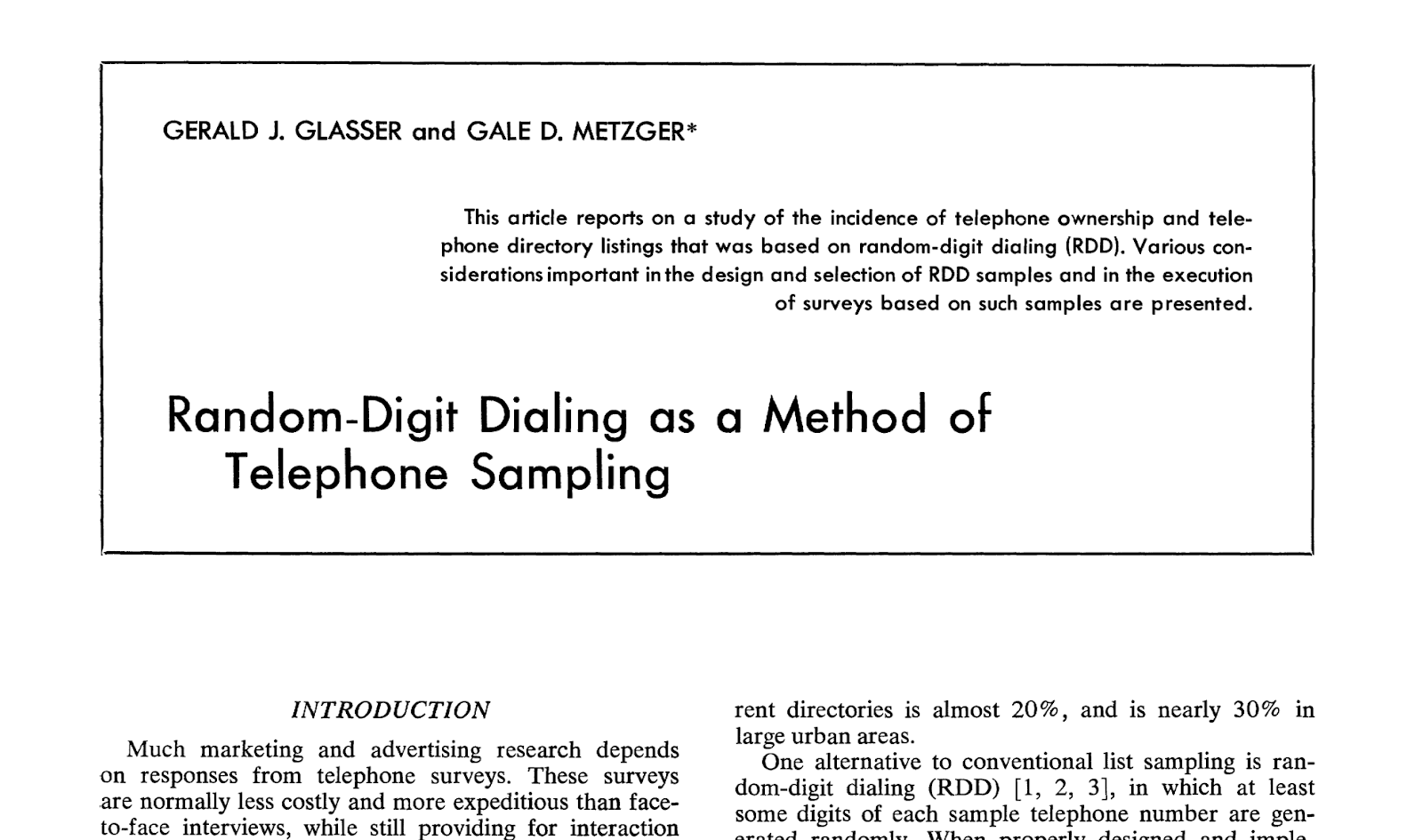
Introduction: Surveys
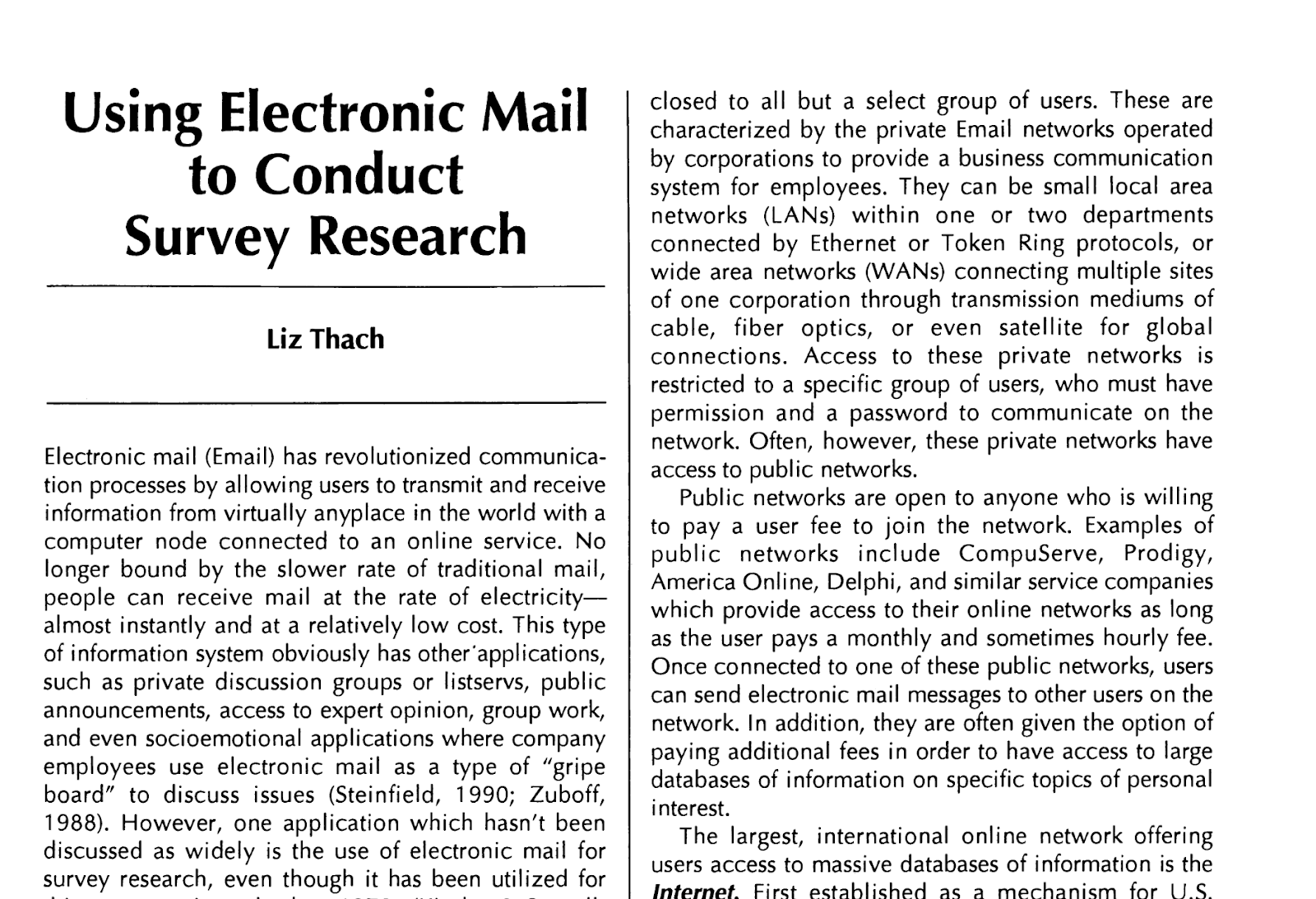
Introduction: Surveys
Three main types of survey sample:
- Representative
- Experimental
- Purposive
Introduction: Surveys
Three main types of survey sample:
- Representative
- Experimental
- Purposive
Representative Surveys
Random sample from a larger population (randomization into sample)
National population
(Online) subpopulation
Representative Surveys
Random sample from a larger population (randomization into sample)
National population
- Internet-based techniques: 1) snail-mailed online survey; 2) non-probability sampling + matching/post-stratification; 3) active sampling from online panel (e.g., YouGov)
Representative Surveys
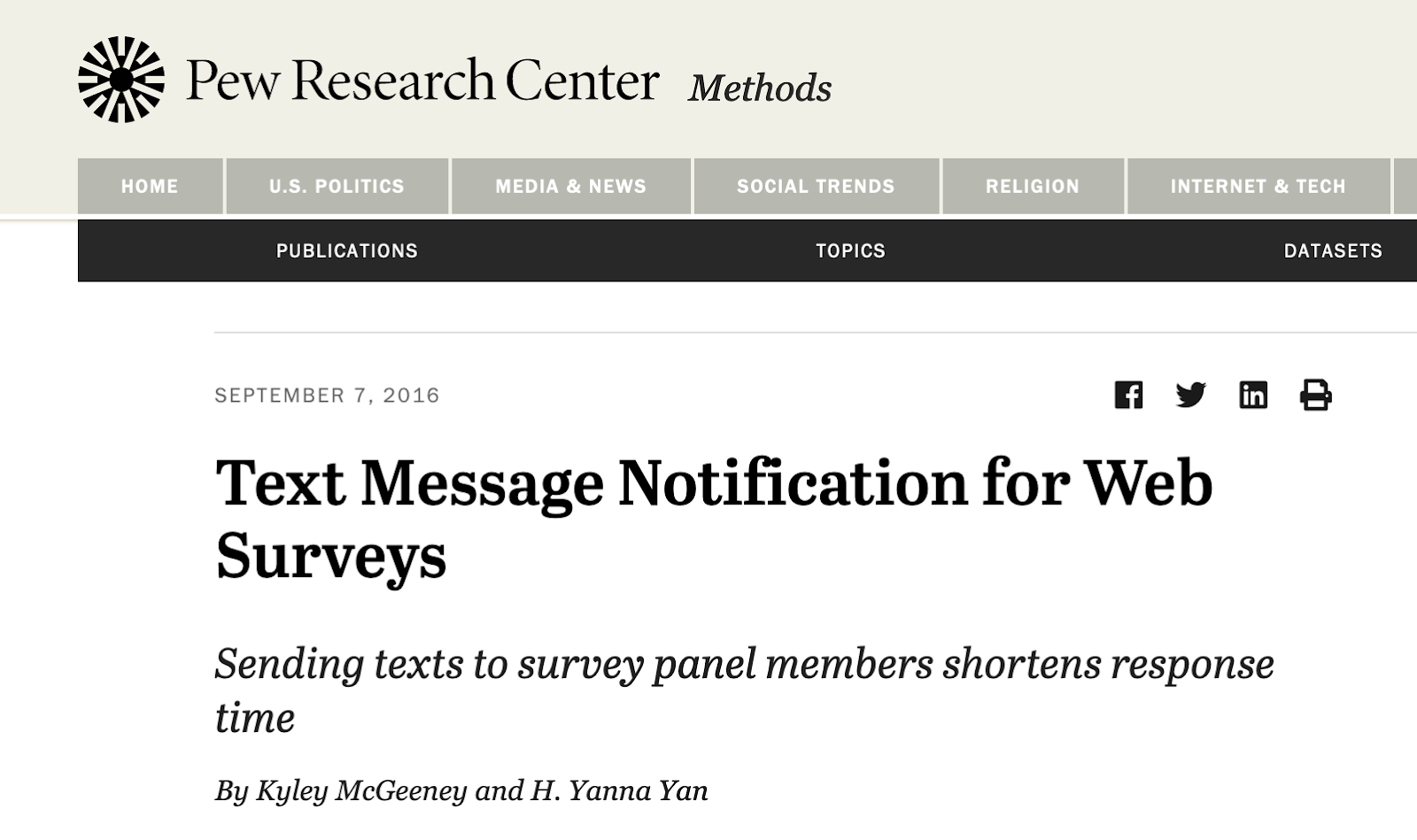
Representative Surveys
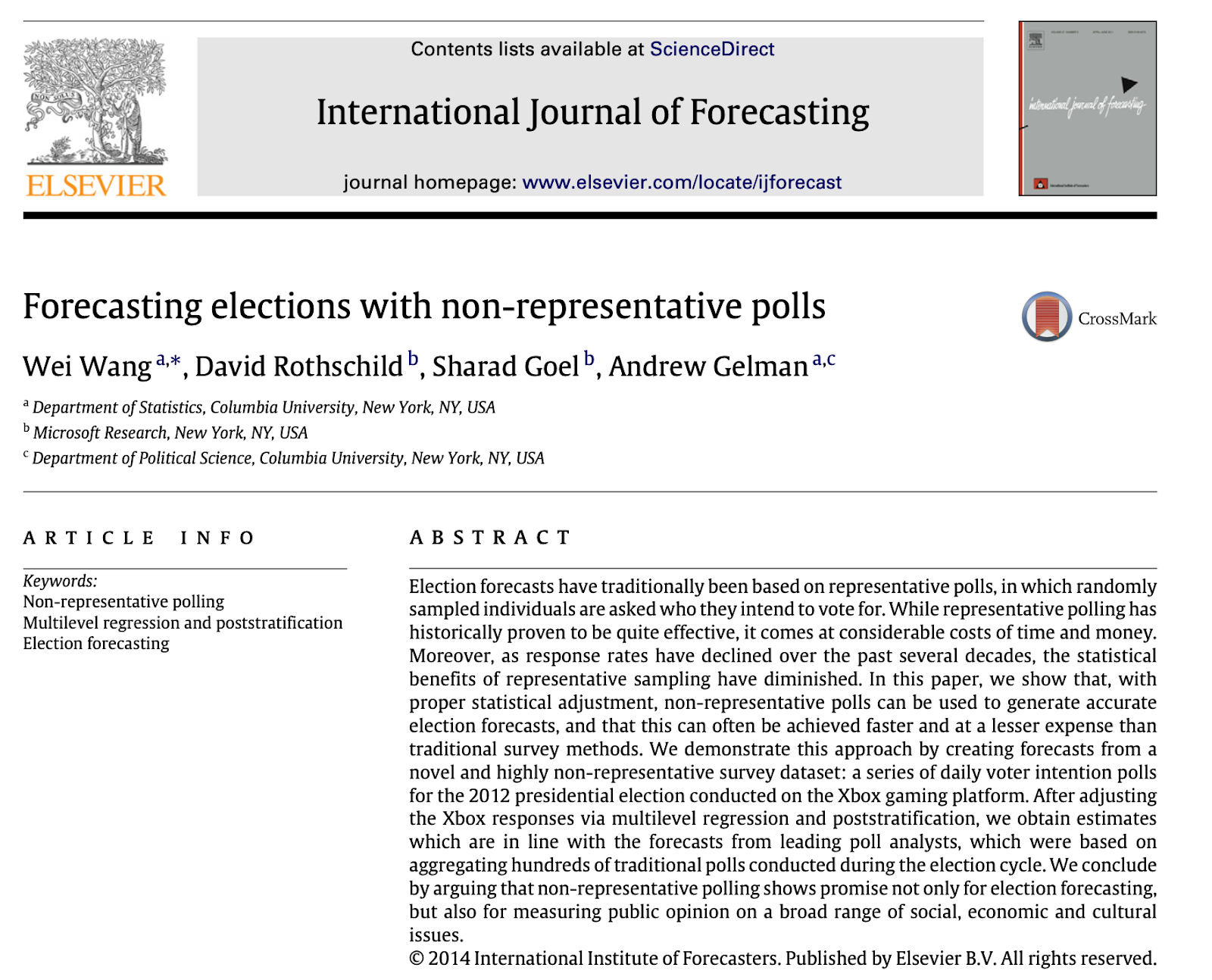
Representative Surveys
Random sample from a larger population (randomization into sample)
National population
- Internet-based techniques: 1) snail-mailed online survey; 2) non-probability sampling + matching/post-stratification; 3) active sampling from online panel (e.g., YouGov)
Linked Surveys Guess, Nagler, and Tucker (2019)
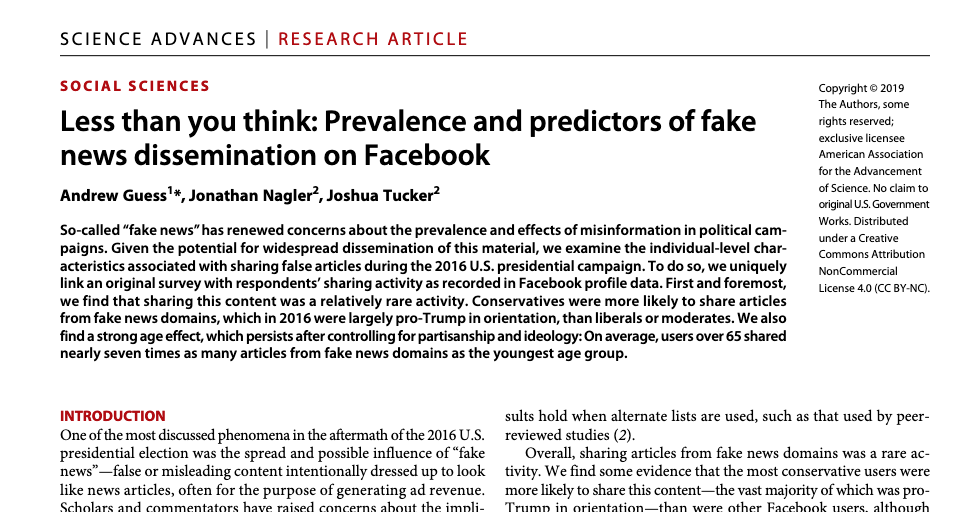
Surveying
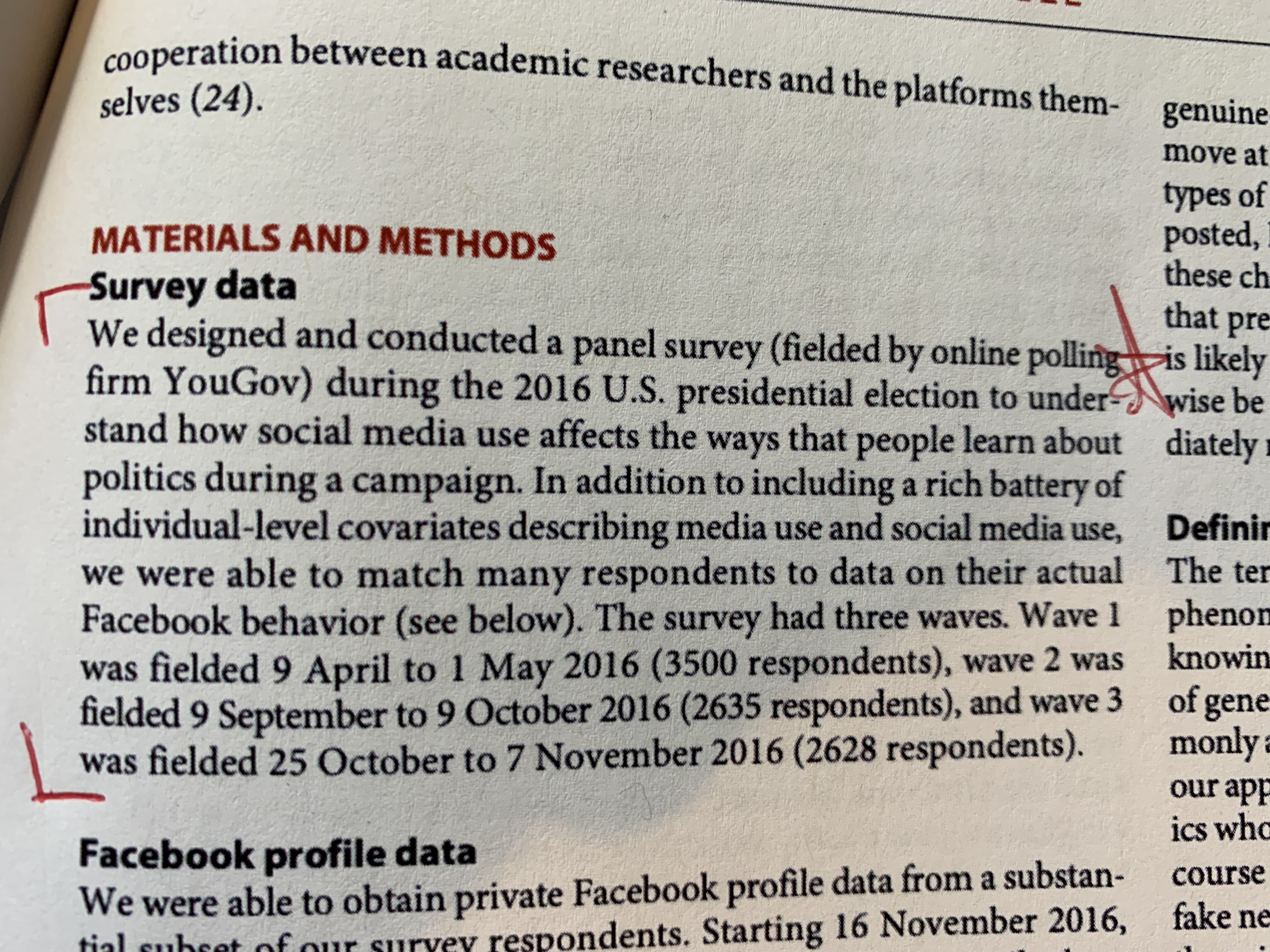
Gathering social media data
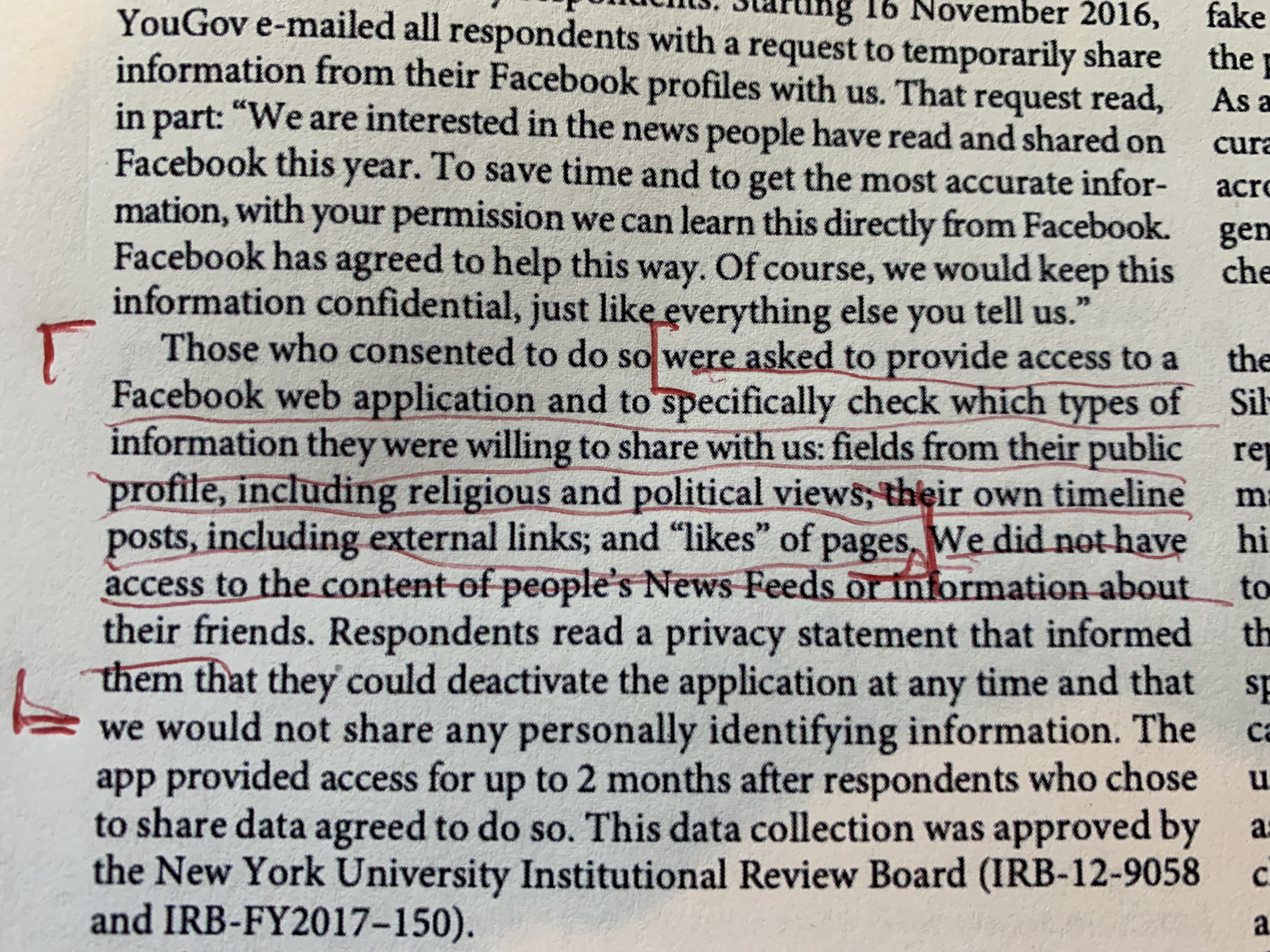
Linking
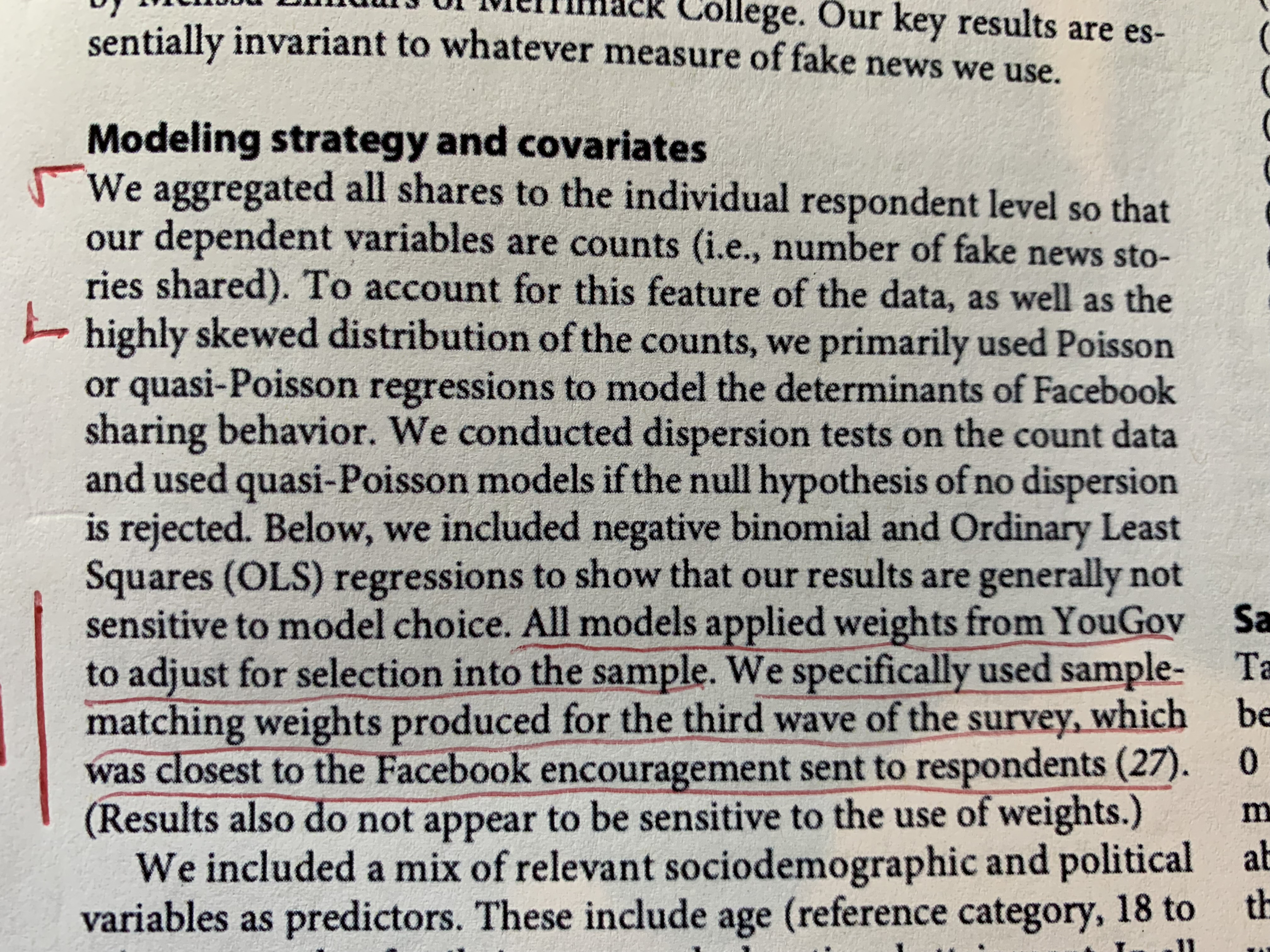
The data

Some considerations
- Observation effects?
- Deletion
- Response bias
- 💸
Introduction: Social media data
How do we get it?
- APIs
- Web scraping
- Private agreement
Introduction: Social media data
How do we get it?
- APIs
- Web scraping
- Private agreement
APIs
“Application Programming Interface”
- A common language, allowing one computer, or piece of software, to speak to another
Normally for social science research: “web APIs”
APIs
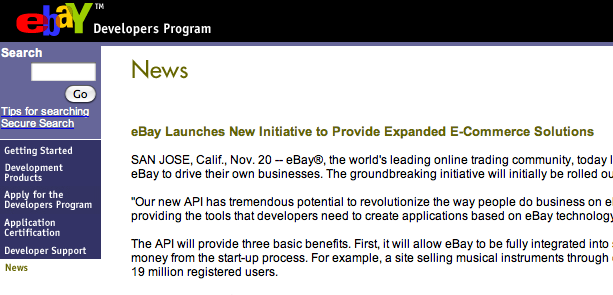
APIs

APIs
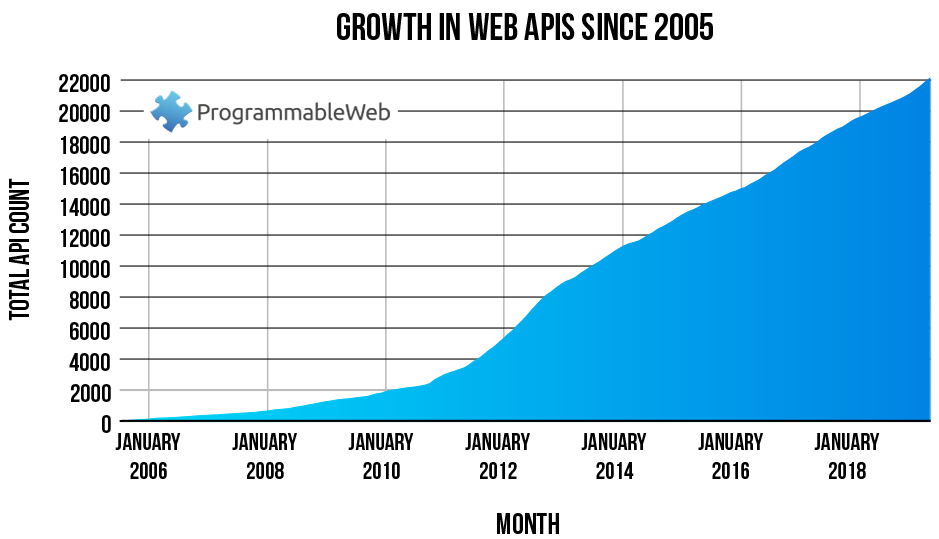
APIs
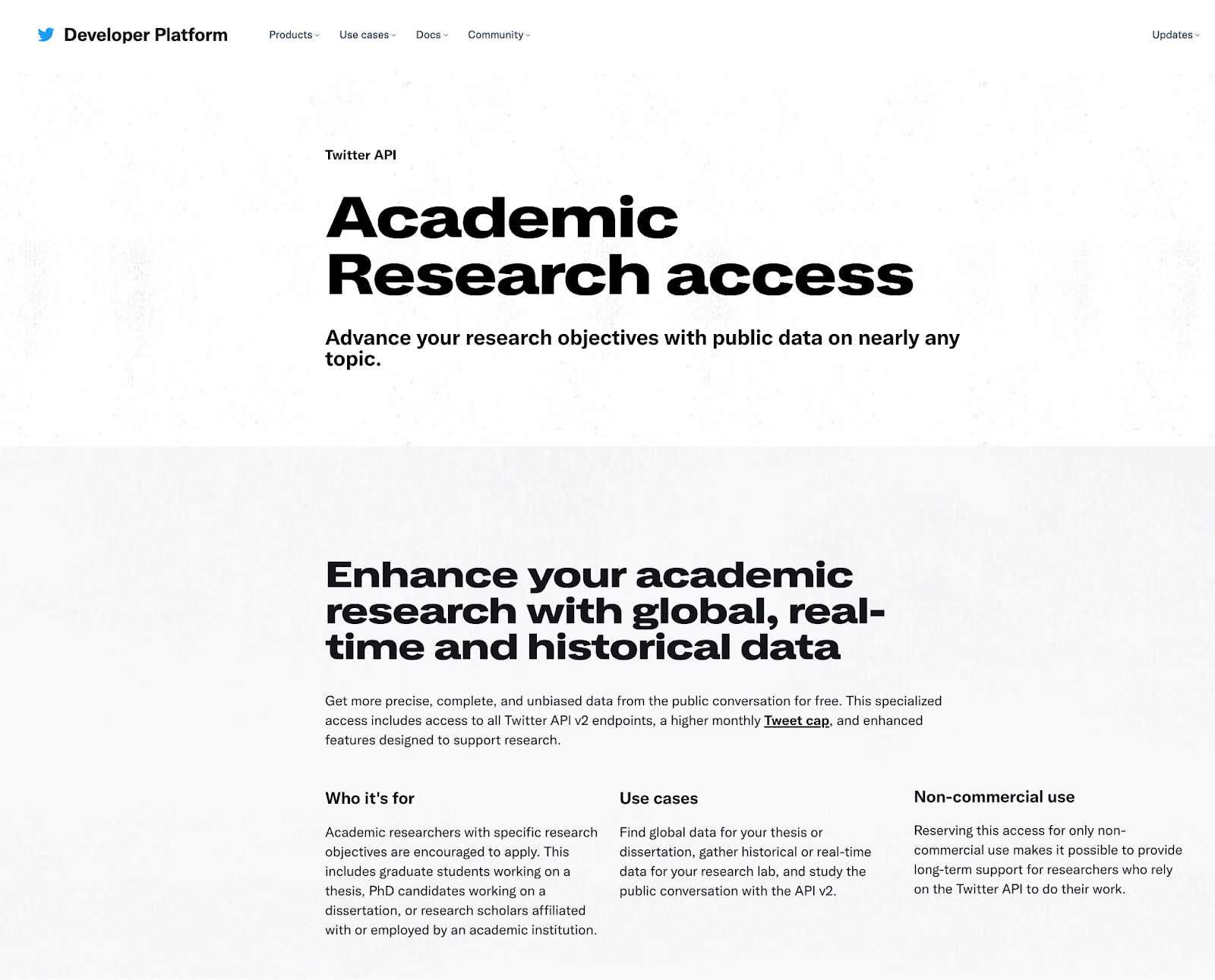
APIs
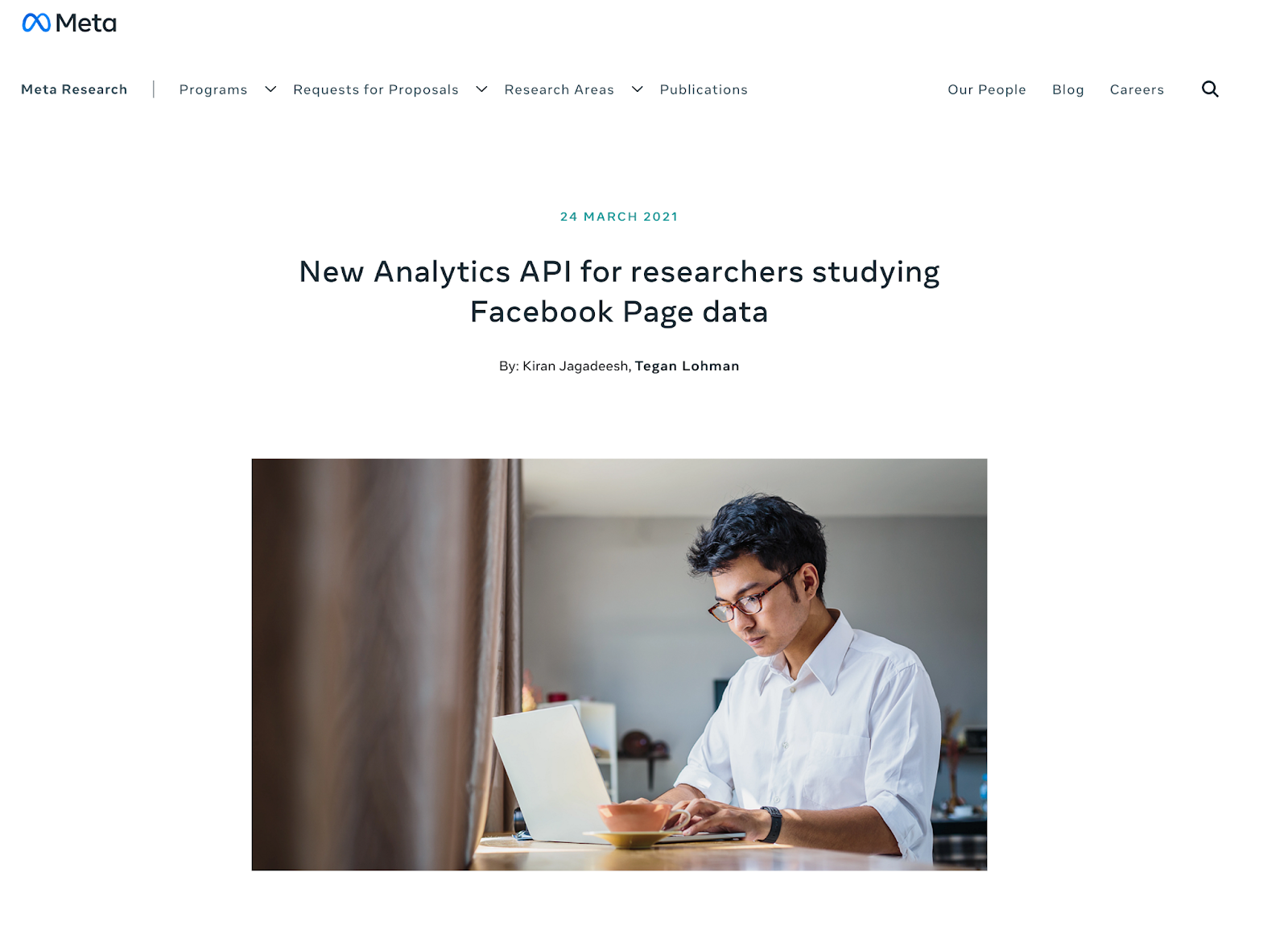
APIs versus web scraping
When web scraping:
data is optimized for screen legibility
not machine legibility
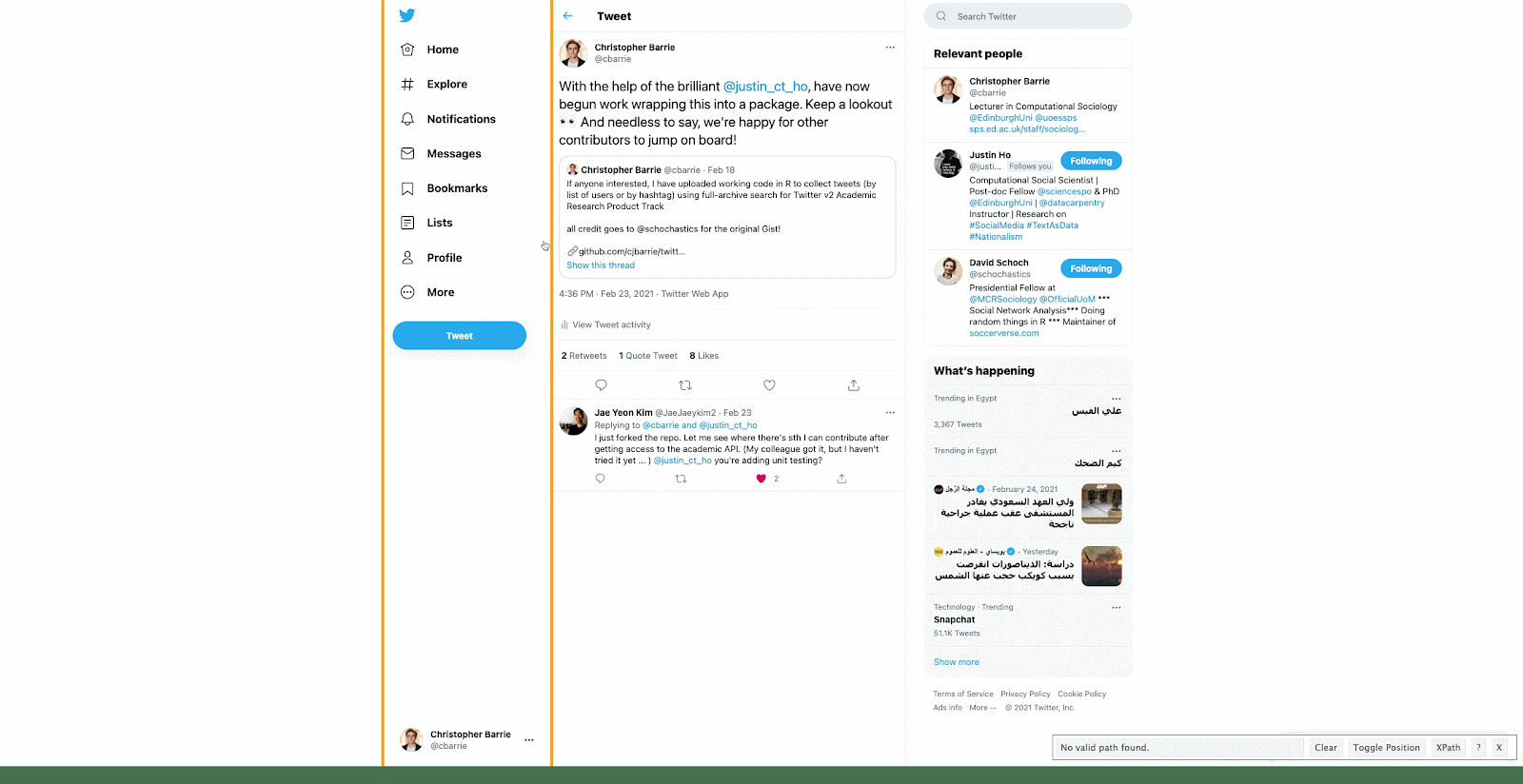
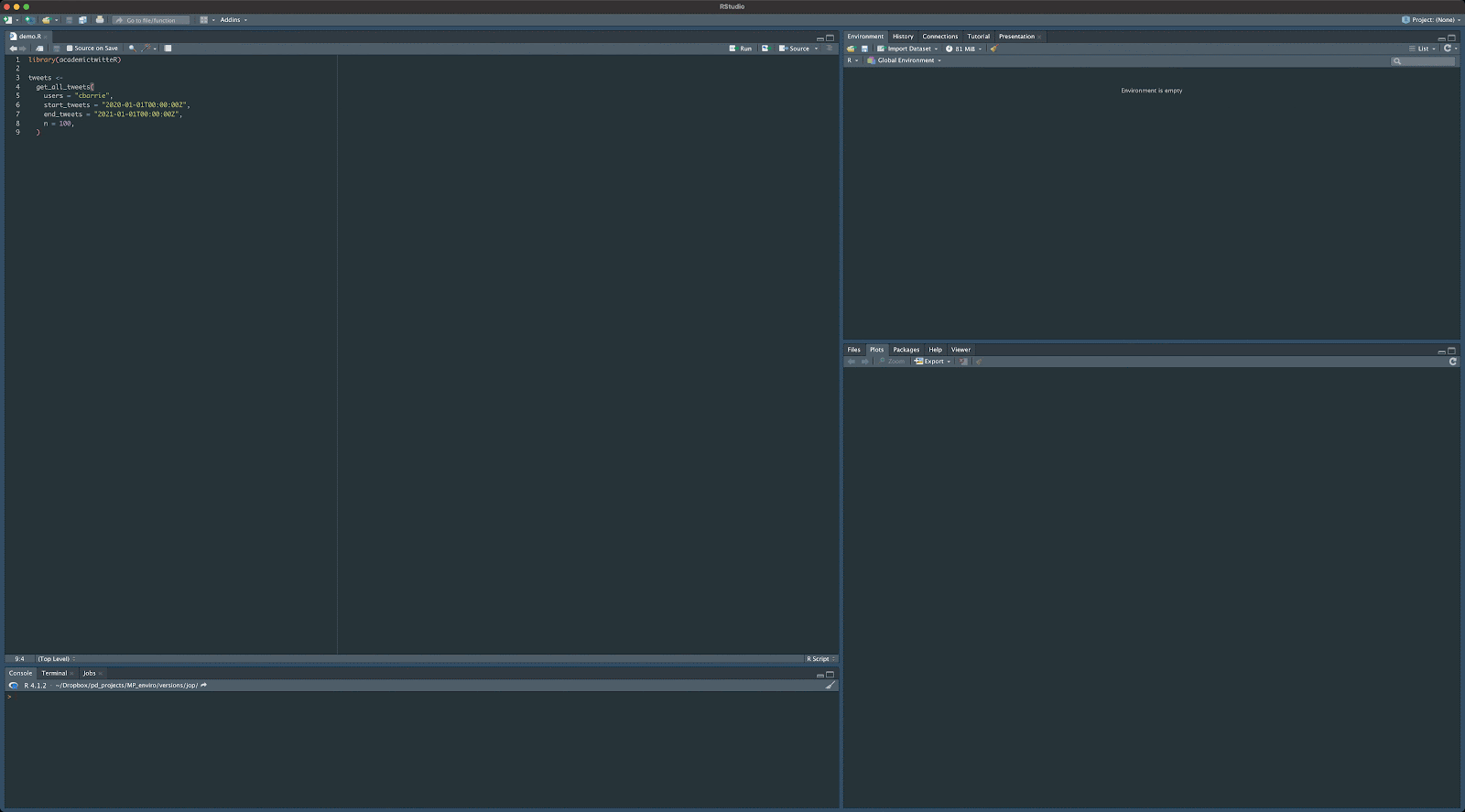
APIs versus web scraping
Compare to web scraping, where we:
- get info already displayed on screen according to location markers/selectors
In contrast APIs:
request information based on a set of instructions;
the the logics of which are governed by the client (platform in question)
Using APIs: pre-packaged
Using APIs: user-written
Using APIs: user-written
https://api.twitter.com/2/tweets/search/all?query=%23happymonday&start_time=2021-01-01T00%3A00%3A00Z&end_time=2021-07-31T23%3A59%3A59ZAnalyzing social media data González-Bailón and De Domenico (2021)
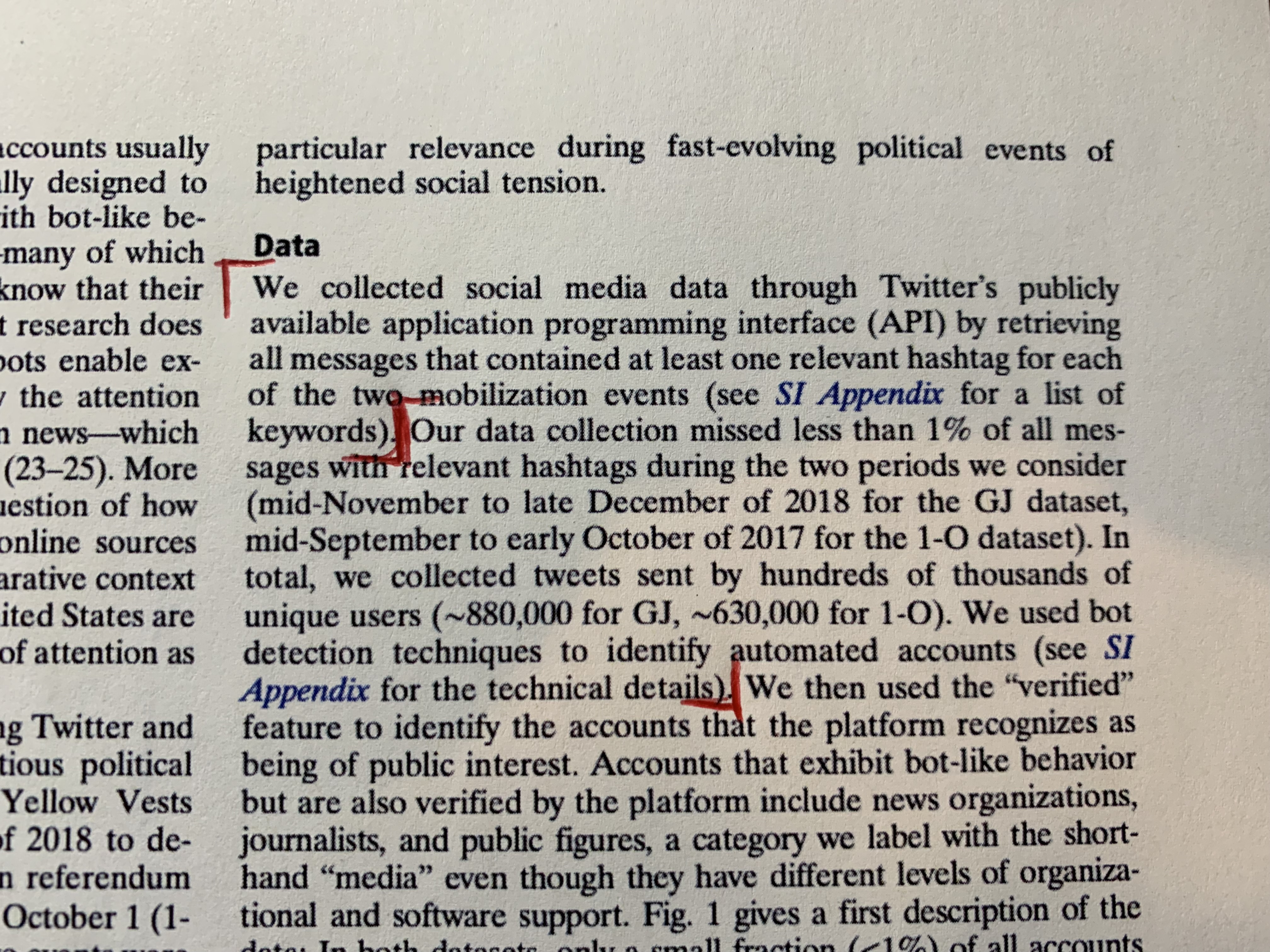
Analyzing social media data
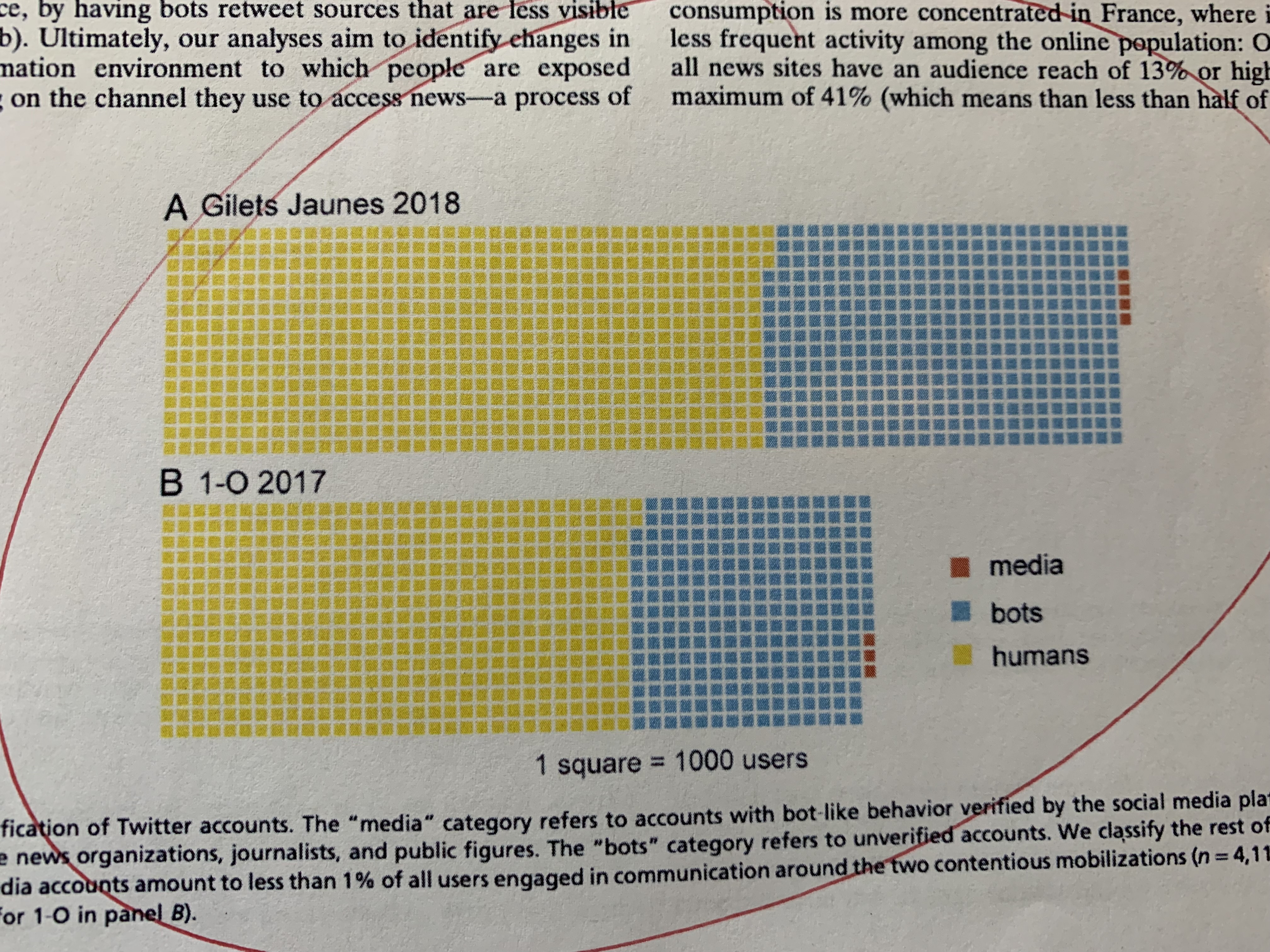
Analyzing social media data
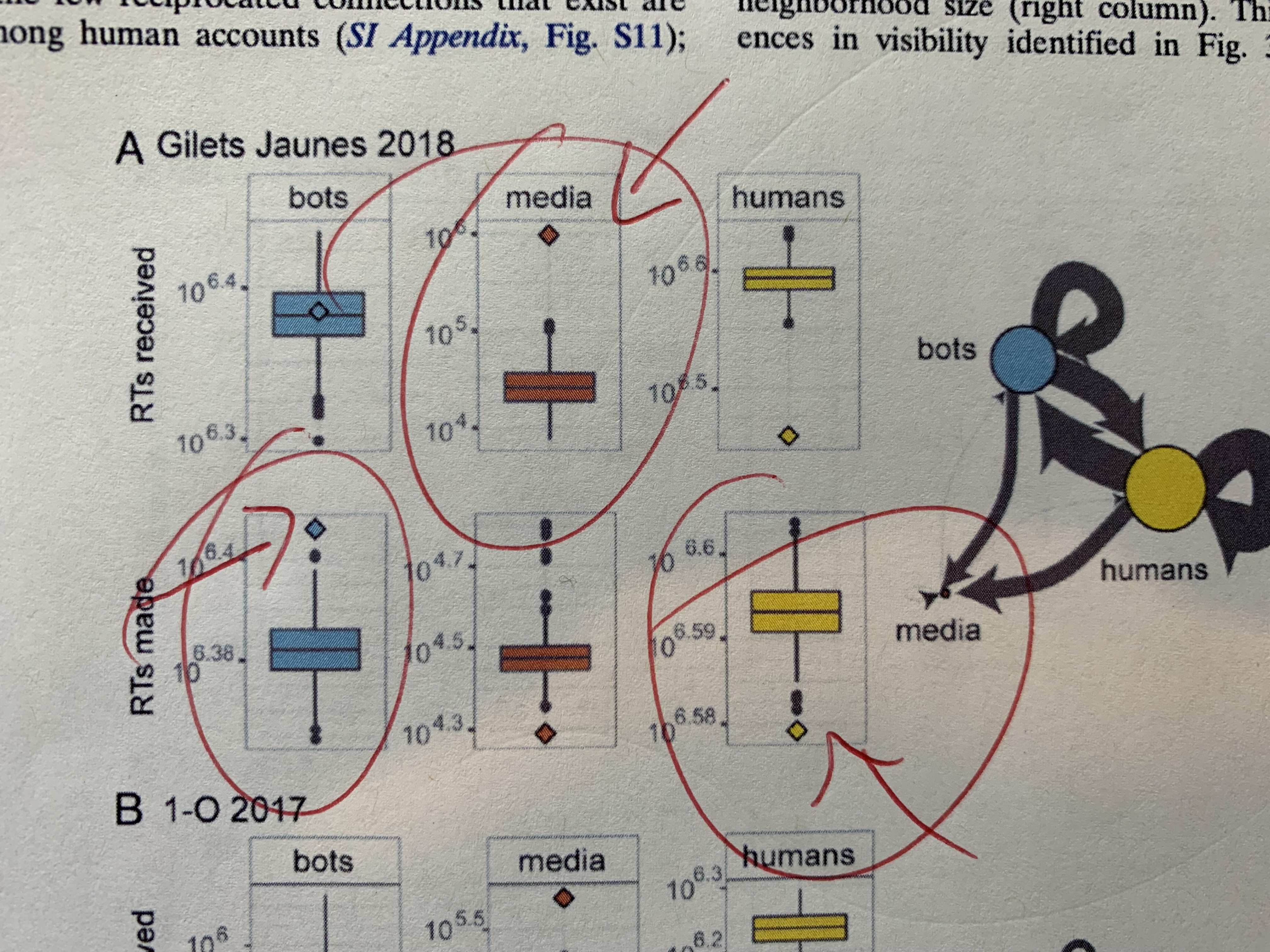
A note on computational thinking
This week:
We approach problems using combinations of data
We combine surveys with social media data
We combine social media data with data on audience reach
We use approximations to get at a question in the social world
e.g., we use measures of centrality and audience reach to infer visibility (w/o directly observing)
e.g., we use software solutions (browser extensions) to observe behaviour in the absence of direct observation
We adapt non-social-science data to scientific purposes